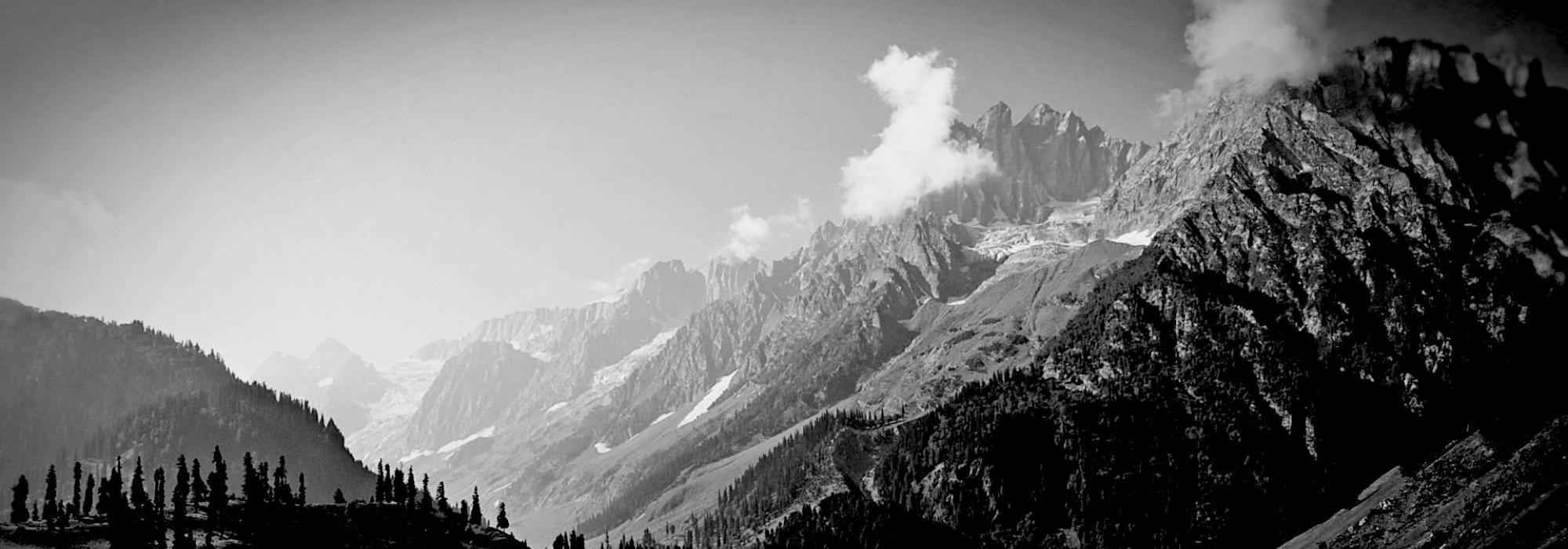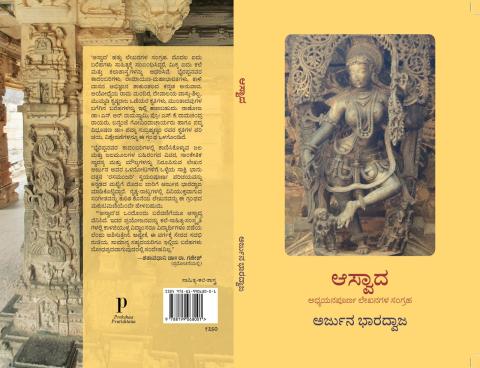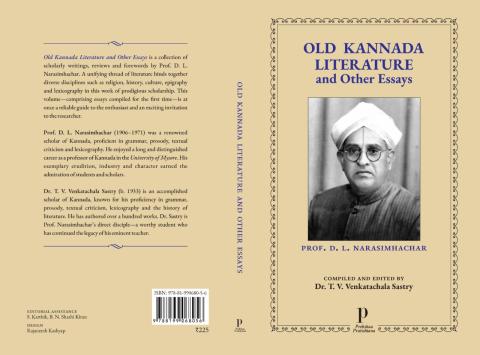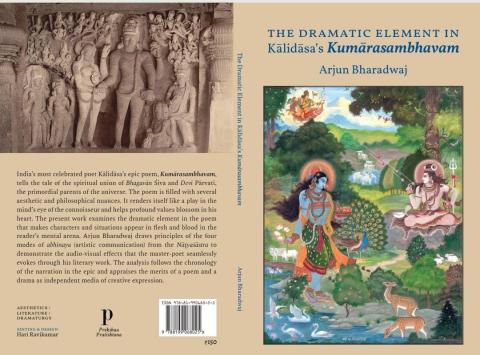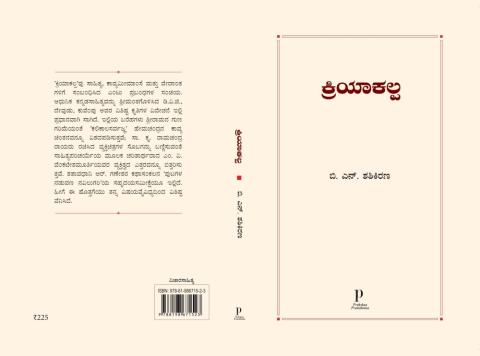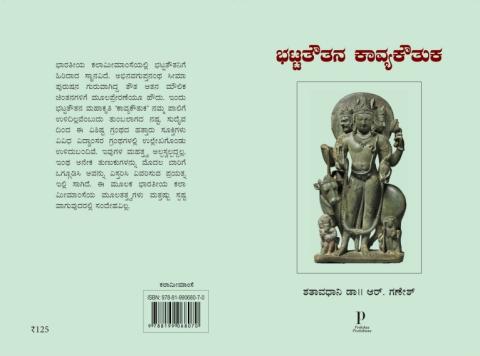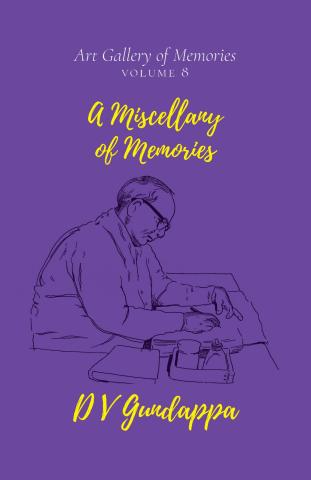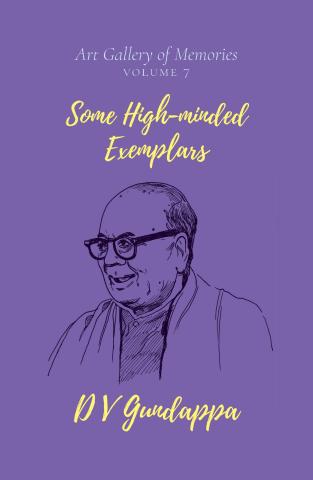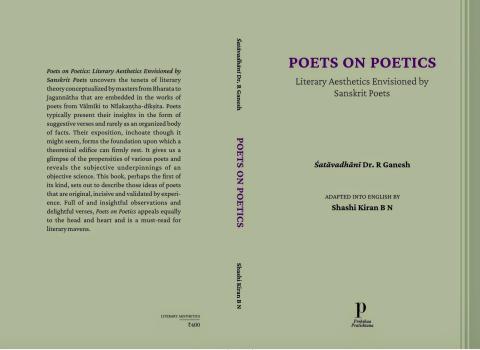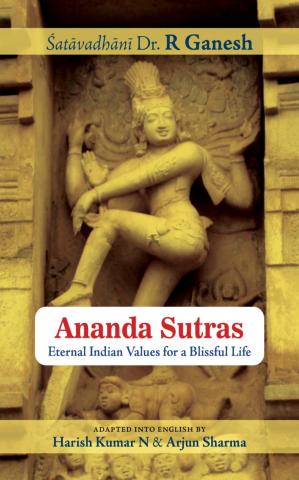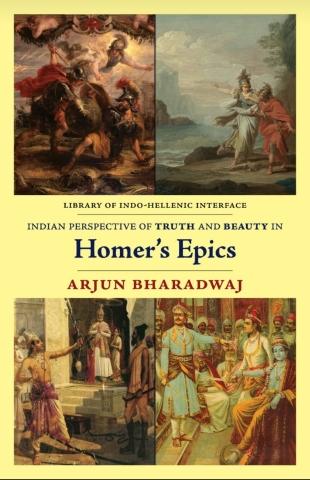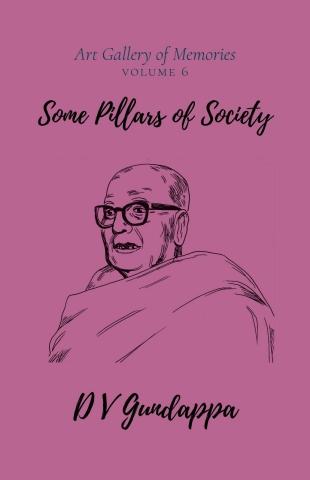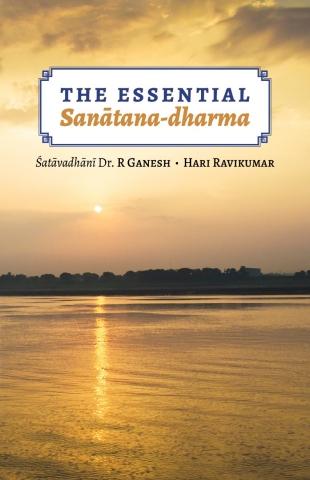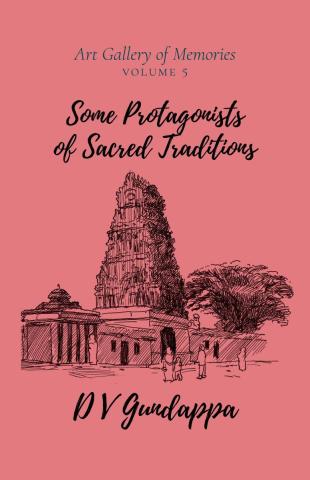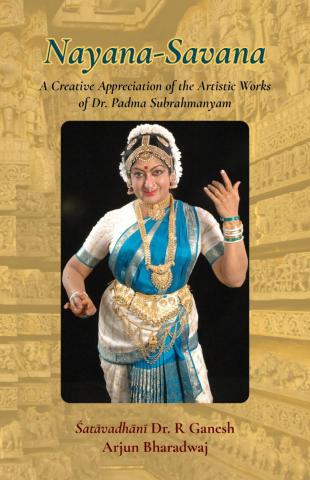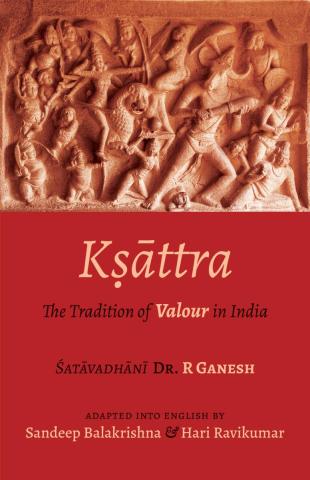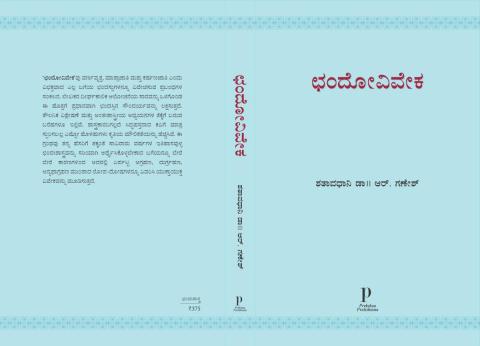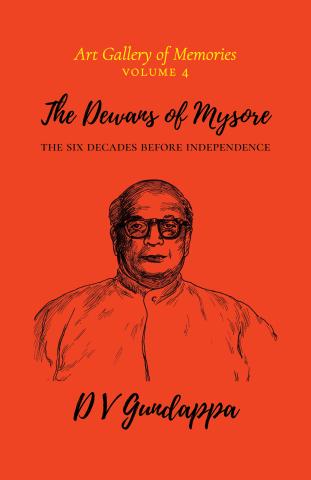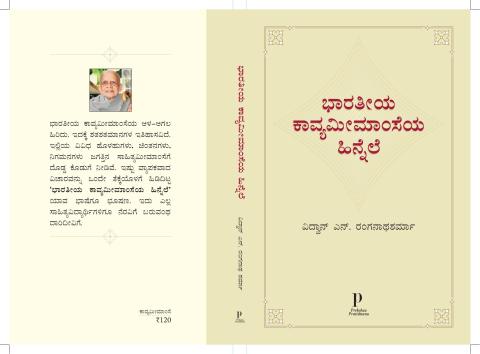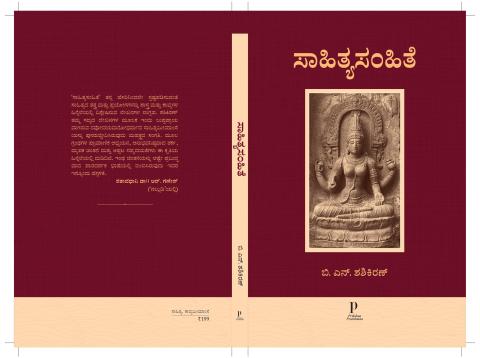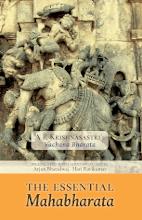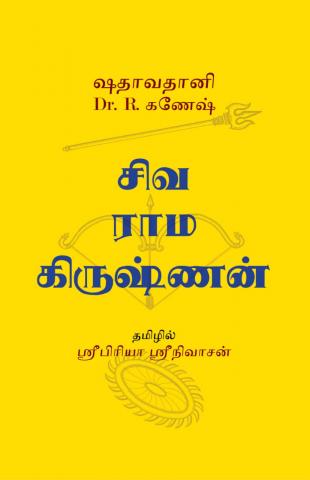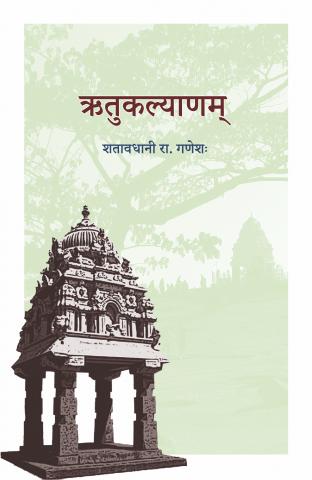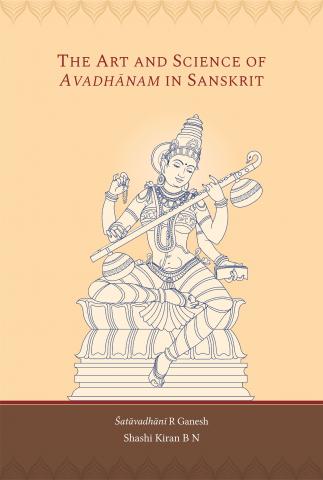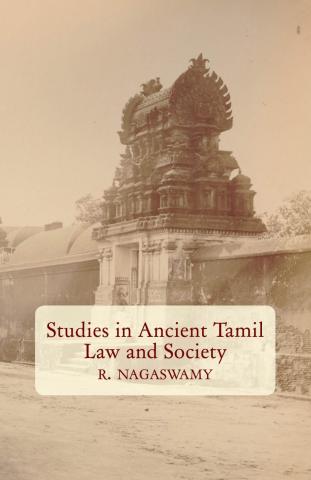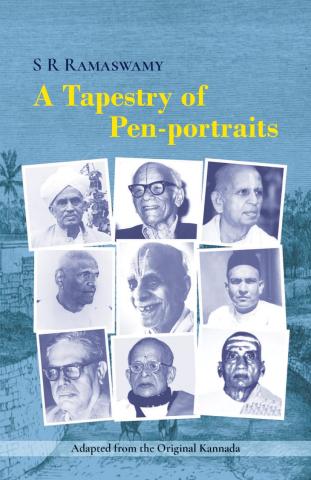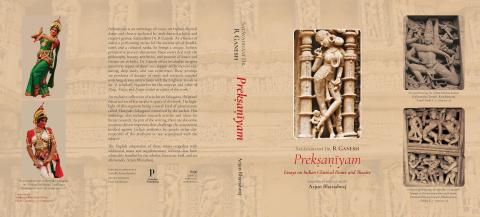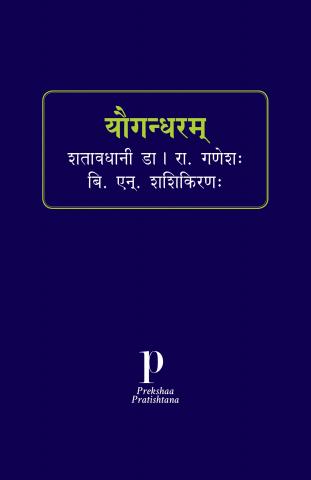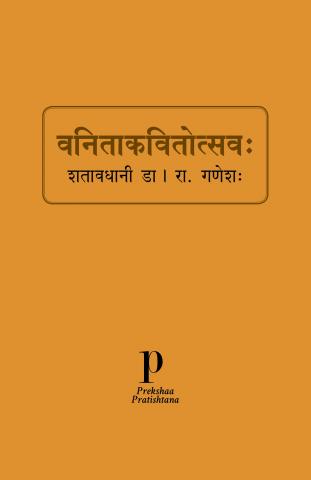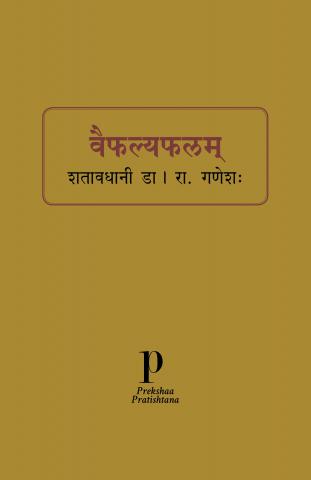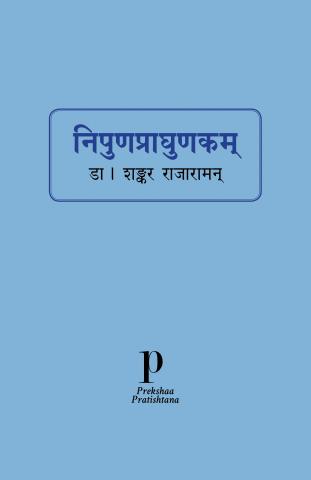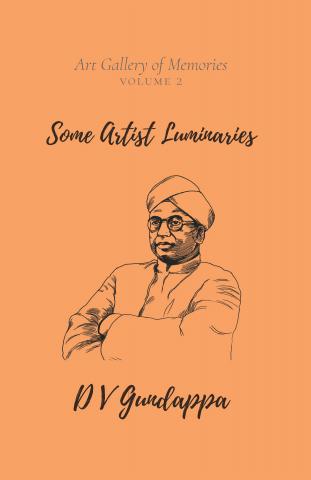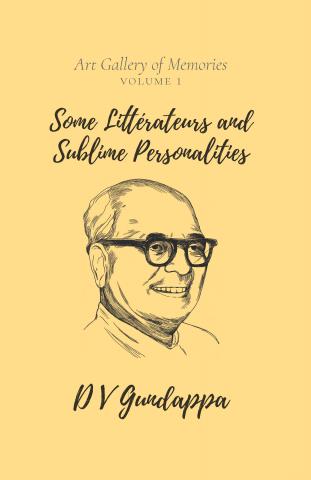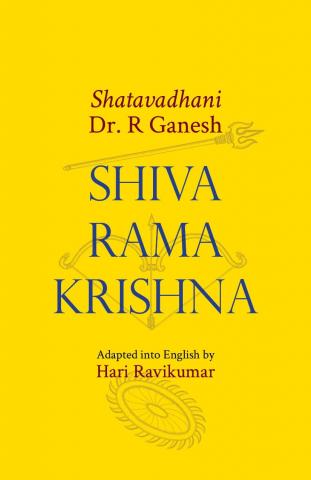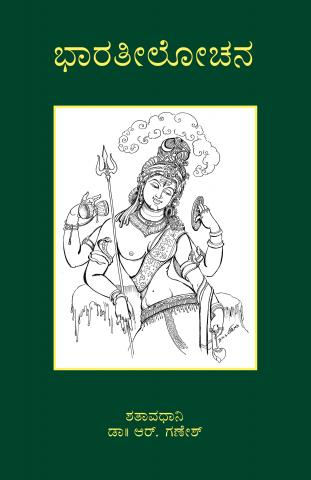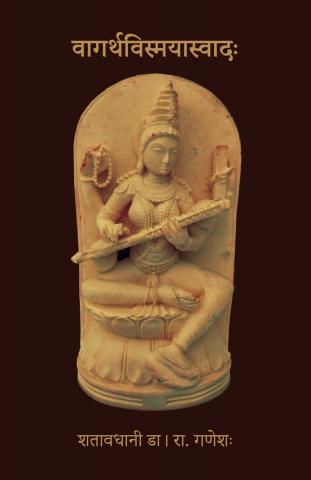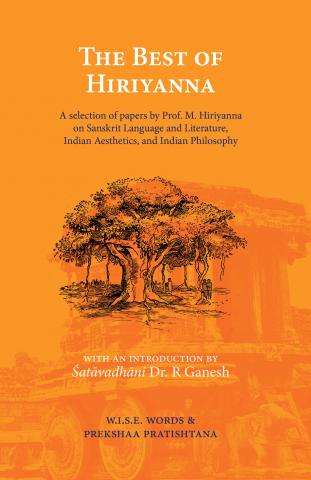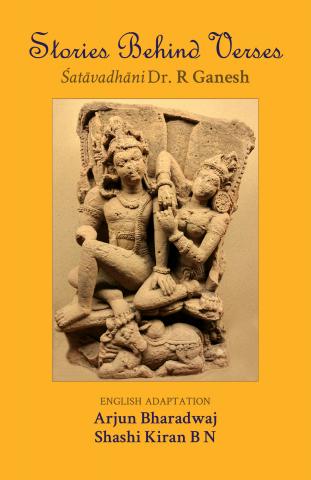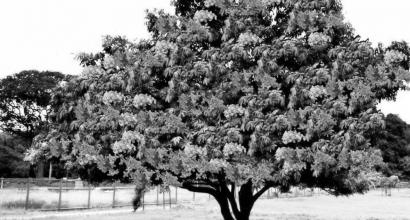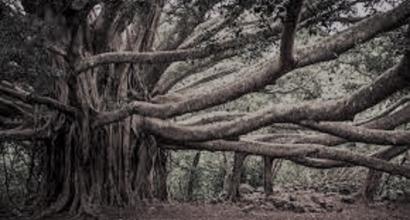Let us have a look at the dialogues before and after this verse. A minor character expresses concern that Kālidāsa might lose face if his play is performed disregarding the compositions of past masters. The stage-director uses the phrase viveka-viśrānta in his dialogue. The minor character listens to the verse, acquiesces, and says āryamiśrāḥ pramāṇam.
While the poet initially engages the stage-director to argue his case, he soon comes to a dispassionate stand through the minor character’s words: ‘The honorable spectators are the best judges in this matter.’ What strikes us here is the fact that Kālidāsa has developed this objective outlook at the beginning of his literary journey. This objectivity, in turn, has given us the correct perspective to look at the present set of dialogues: it should be taken as a reflection of the poet’s self-confidence that encapsulates ageless wisdom, and not as a diatribe on the poetic tradition intended to have a deleterious effect on gratitude. Such a temperate stance has enabled Kālidāsa to absorb the essence of the great epics composed by Vālmīki and Vyāsa, and then proceed to create a new path in terms of poetic form. Here is a lesson to all poets.
Unfortunately, our aestheticians have largely not paid attention to such subtleties in issues of ‘tradition and individual talent.’ Ānandavardhana has discussed some aspects related to it in the fourth chapter of his treatise.[1] Him apart, Rājaśekhara and Kṣemendra have considered it at the level of standalone verses while discussing haraṇa.
In modern times, Western aesthetics seems to have done better in discussing this topic. Discussions there have been, but they often lead to two adverse outcomes: questioning tradition for the sake of it or dismissing it altogether. Personal gratitude and responsibility appear to have been erased. Kālidāsa’s stand is all the more relevant in such a scenario.
In the next section of the play, Kālidāsa has given us insights into theatre, knowledge in general and the art of teaching through the words of Gaṇadāsa. Some of these words have a bearing on literary aesthetics as well. Let us begin with the famous verse that extols dance and theatre. The first half evokes deities and appears to praise theatre to garner the interest and respect of spectators (paurāṇika arthavāda, loosely). The second half refers to drama directly and poems indirectly:
त्रैगुण्योद्भवमत्र लोकचरितं नानारसं दृश्यते
नाट्यं भिन्नरुचेर्जनस्य बहुधाप्येकं समाराधनम्॥ (Mālavikāgnimitra, 1.5)
In a play, the activities of the world that stem from the three guṇas [sattva, rajas and tamas] appear in the form of various moods and sentiments. Indeed, drama is the singular source of enjoyment for people of diverse tastes.
These observations apply to a poem as well if we leave out the ‘dramatic’ elements of a play. The three guṇas that largely constitute composure, relentless action and languor cause various activities. Poetry presents these activities in an enjoyable form. If a person other than a poet attempts to describe the activities of the world, the outcome might not be relishable. The reason for this is that common people are not aware—as poets are—of the key factor that makes mundane situations enjoyable. One should transform kārya-kāraṇa-sambandha into vibhāva-anubhāva-sambandha – the chain of material causes and effects into an aesthetic one. Why is this important? The activities of the world prompted by the three guṇas have a twofold effect – they make us happy or sad. Poetry attempts to lessen the delusional effect of tamas, the saddening effect of rajas and elevate the influence of sattva that causes happiness. This is why Viśvanātha has said aesthetic experience arises from sattvodreka.[2]
Poetry should base itself on the activities of the world – this is the most important statement here. Even if poetry includes superhuman characters and surreal incidents, it should primarily relate to our lives. Sub-human creatures, larger-than-human figures might all feature in poetry. But the human touch is essential. This is because emotion, the primary ingredient of rasa, is centred on humans. Sanskrit poets of a later age seem to have gone against this fundamental tenet. That did not work well for them. The literary tradition of Sanskrit suffered as a result. As an aside, we can consider poets who are carried away by religious fervour. Their compositions often involve deities as they are, without an adequate description of human emotions. Naturally, connoisseurs do not find them enjoyable.
______________________________
[1] वाल्मीकिव्यतिरिक्तस्य यद्येकस्यापि कस्यचित्।
इष्यते प्रतिभार्थेषु तत्तदानन्त्यमक्षयम् ॥ (ध्वन्यालोकः, ४.७ परिकरश्लोकः)
वाचस्पतिसहस्राणां सहस्रैरपि यत्नतः।
निबद्धापि क्षयं नैति प्रकृतिर्जगतामिव॥ (ध्वन्यालोकः, ४.१०)
[2] सत्त्वोद्रेकादखण्डस्वप्रकाशानन्दचिन्मयः।
वेद्यान्तरस्पर्शशून्यो ब्रह्मास्वादसहोदरः॥ (साहित्यदर्पणः, ३.२)

